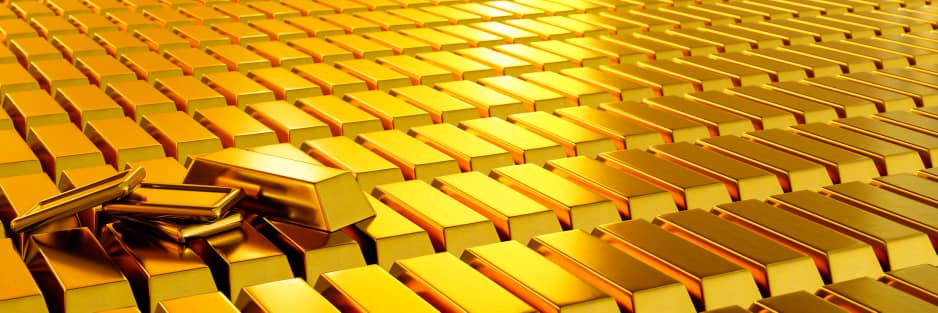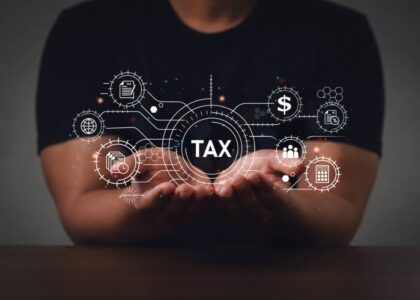Weighing the Gold: The Pros and Cons of Investing in Precious Metals
Investing in precious metals, such as gold, silver, platinum, and palladium, has long been considered a safe haven for investors. These tangible assets can provide a hedge against inflation, economic instability, and currency devaluation. However, like any investment, they come with their own set of advantages and disadvantages. In this blog post, we will explore the pros and cons of investing in precious metals to help you make an informed decision.
Pros of Investing in Precious Metals
- Hedge Against Inflation: Precious metals have historically maintained their value over time, making them an effective hedge against inflation. When the purchasing power of paper currency declines, the value of precious metals tends to rise.
- Safe Haven During Economic Uncertainty: During times of economic turmoil or geopolitical instability, precious metals often perform well. Investors flock to these assets as a store of value when traditional markets are volatile.
- Diversification: Adding precious metals to your investment portfolio can provide diversification. Diversification reduces risk by spreading investments across different asset classes, which can protect against market fluctuations.
- Liquidity: Precious metals are highly liquid assets. They can be easily bought and sold in various forms, such as coins, bars, and exchange-traded funds (ETFs). This makes it easy to convert them into cash when needed.
- Intrinsic Value: Unlike paper currency, precious metals have intrinsic value. They are used in various industrial applications, jewelry, and technology, which ensures ongoing demand.
Cons of Investing in Precious Metals
- Lack of Income: Precious metals do not generate income like stocks or bonds. They do not pay dividends or interest, so your return on investment relies solely on price appreciation.
- Storage and Insurance Costs: Physical precious metals require secure storage to prevent theft or damage. This can incur additional costs for safes, vaults, or insurance, which can eat into your investment returns.
- Market Volatility: While precious metals can act as a safe haven, they are not immune to market volatility. Prices can fluctuate significantly based on supply and demand dynamics, geopolitical events, and changes in investor sentiment.
- Limited Growth Potential: Unlike stocks, which can benefit from company growth and innovation, the value of precious metals is largely driven by external factors. This means they may not offer the same growth potential as other investments.
- Capital Gains Tax: Profits from the sale of precious metals are subject to capital gains tax. Depending on your country’s tax laws, this could reduce your overall returns.
Conclusion
Investing in precious metals can be a valuable addition to your investment strategy, offering benefits such as inflation protection, diversification, and liquidity. However, it is essential to weigh these advantages against the potential drawbacks, including lack of income, storage costs, and market volatility. As with any investment, it is crucial to conduct thorough research and consider your financial goals and risk tolerance before committing to precious metals. By doing so, you can make an informed decision that aligns with your long-term investment objectives.






